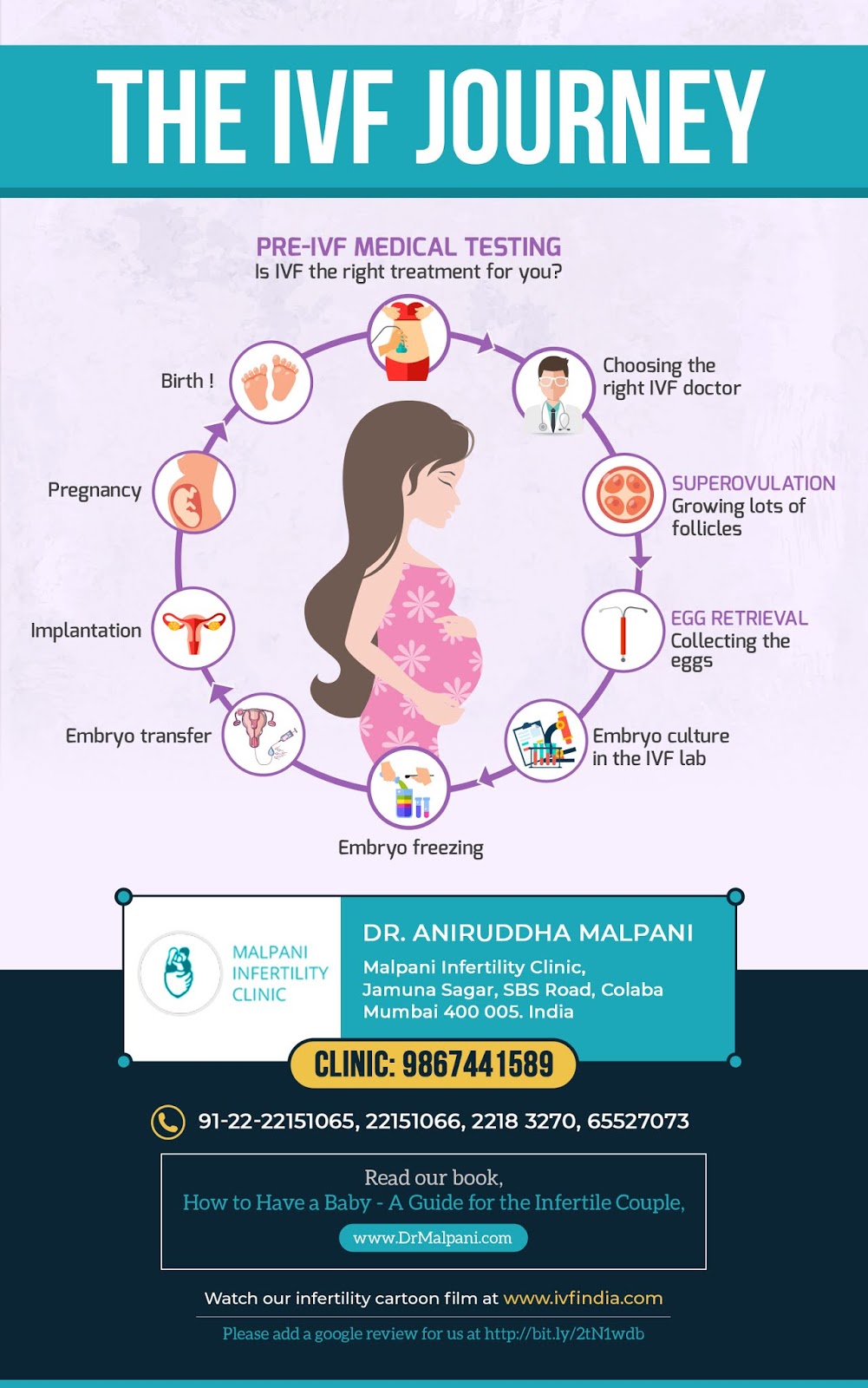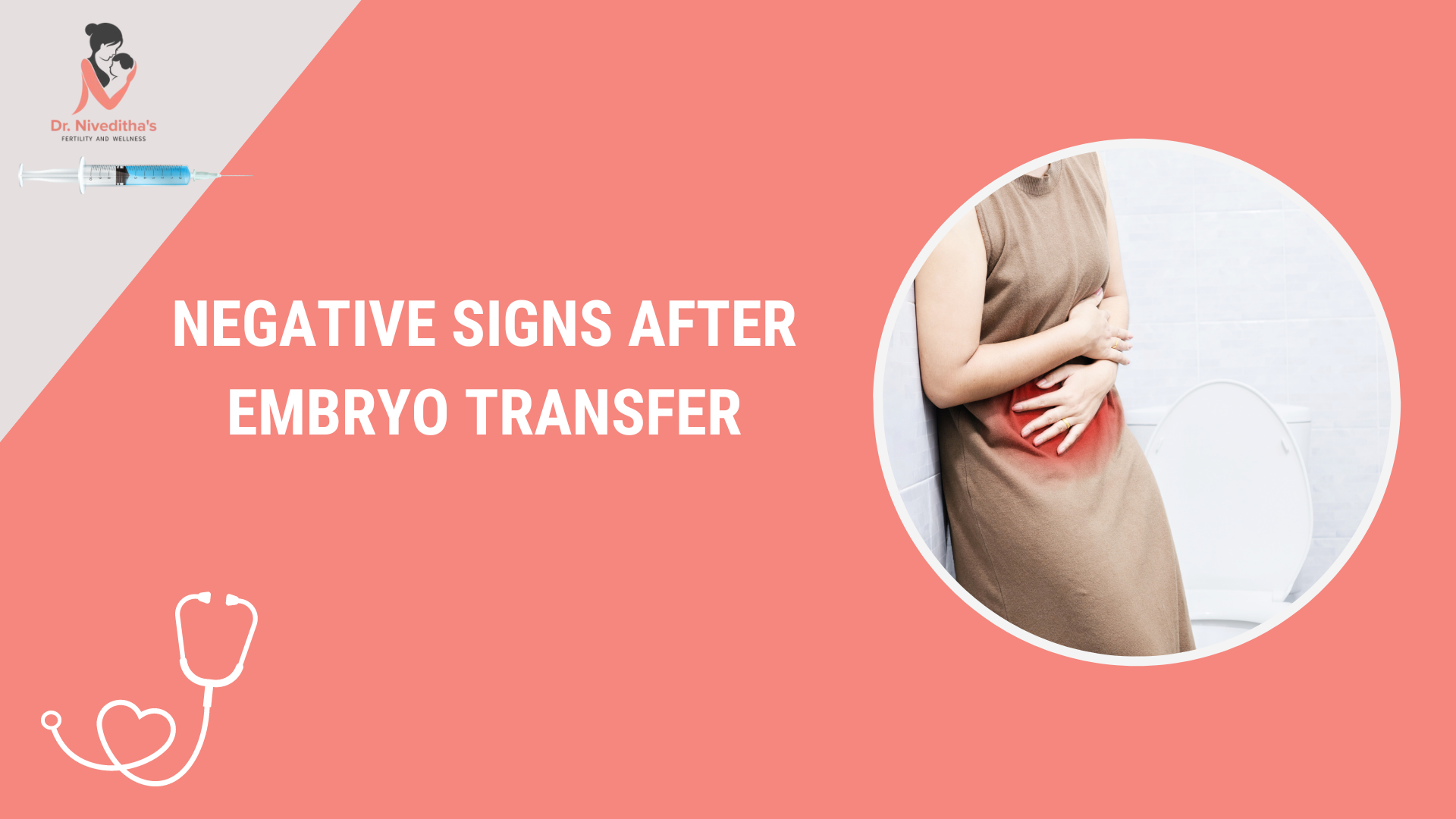How to Avoid Ectopic Pregnancy with IVF: Your Guide to a Safer Journey
Starting a family through in vitro fertilization (IVF) is an exciting step for many couples. It’s a path filled with hope, but it also comes with its share of worries. One concern that often pops up is the risk of ectopic pregnancy—a condition where the embryo implants outside the uterus, most commonly in the fallopian tubes. While ectopic pregnancies can happen in any conception, they’re a bit more common with IVF, affecting about 1.5-2.1% of IVF pregnancies compared to 1-2% in natural pregnancies. The good news? There are ways to lower that risk and feel more in control of your IVF journey.
In this guide, we’re diving deep into what ectopic pregnancy means for IVF patients, why it happens, and—most importantly—how you can take steps to avoid it. We’ll cover everything from understanding your personal risk factors to the latest research on embryo transfer techniques. Plus, we’ll sprinkle in some fresh ideas and practical tips you won’t find everywhere else, all written in a way that’s easy to follow and feels like a chat with a friend. Let’s get started!
What Is an Ectopic Pregnancy, and Why Does It Matter in IVF?
An ectopic pregnancy happens when a fertilized egg settles somewhere other than the uterus. About 90% of the time, it lands in the fallopian tubes, but it can also implant in the ovaries, cervix, or even the abdominal cavity (super rare, but it happens!). This isn’t just a small hiccup—it’s a big deal because the embryo can’t grow properly outside the uterus, and if it keeps developing, it could cause serious health issues like internal bleeding.
In IVF, the process skips the natural journey through the fallopian tubes. Eggs are retrieved, fertilized in a lab, and then placed directly into the uterus. So, you’d think ectopic pregnancies wouldn’t be a worry, right? Not quite. Even with IVF, the embryo can sometimes “wander” out of the uterus, often due to factors like tube damage or the way the transfer is done. That’s why knowing how to avoid it is so key.
Why It’s a Bigger Deal with IVF
Studies show IVF pregnancies have a slightly higher ectopic risk—around 2-5 times more than natural pregnancies. Why? It’s tied to things like past tube problems (think infections or surgeries), the number of embryos transferred, and even how the embryo is placed. But don’t panic—understanding these risks is the first step to dodging them.
Understanding Your Risk Factors: What Puts You at Risk?
Not everyone faces the same odds of an ectopic pregnancy with IVF. Some factors are out of your hands, but knowing them can help you and your doctor plan smarter. Here’s what might bump up your risk:
Tubal Issues: The Big Player
If your fallopian tubes have been through the wringer—say, from pelvic inflammatory disease (PID), past ectopic pregnancies, or surgeries like tubal ligation—you’re more likely to face this issue. Damaged tubes can “grab” an embryo that’s supposed to stay in the uterus or make it easier for the embryo to drift back into them after transfer.
- Real-Life Tip: If you’ve had tube trouble before, talk to your doctor about a hysterosalpingogram (HSG) test before IVF. It’s a quick X-ray to check if your tubes are blocked or damaged, giving you a heads-up.
Age and Fertility History
Older age (especially over 35) and a rocky fertility past—like multiple miscarriages or infertility struggles—can nudge the risk higher. Research from 2015 found that women over 35 had a steady climb in ectopic rates, jumping from 1.4% at age 21 to 6.9% by age 44. It’s not a huge leap, but it’s worth noting.
IVF-Specific Factors
The way IVF is done can also play a role:
- Fresh vs. Frozen Embryos: Fresh embryo transfers have a slightly higher ectopic risk (around 1.6-2%) compared to frozen ones (closer to 1.3%), according to a 2015 study in Fertility and Sterility.
- Multiple Embryos: Transferring more than one embryo ups the odds of at least one going off course.
- Transfer Technique: If the embryo is placed too close to the tubes or with too much fluid, it might float where it shouldn’t.

How to Lower Your Risk Before IVF Even Starts
The best defense is a good offense, right? Before you jump into IVF, there are steps you can take to stack the odds in your favor. Think of it like prepping your body for a big game—you want to be in top shape.
Step 1: Get Your Tubes Checked
If you suspect any tube damage, ask your doctor about options like:
- Salpingectomy: Removing damaged tubes before IVF. A 2020 study in Fertility and Sterility showed this can cut ectopic risk by up to 50% in women with severe tubal issues.
- Tubal Clipping: Blocking the tubes so embryos can’t wander in. It’s less invasive and still effective.
✔️ Do: Schedule a consult to discuss tube health—it’s a small step that could save big headaches.
❌ Don’t: Skip this just because you’re doing IVF; tubes still matter!
Step 2: Optimize Your Health
A healthy body can help embryos settle where they belong:
- Weight Check: Being underweight or overweight tweaks your risk. A 2021 study found underweight women (BMI under 18.5) had a 3.29% ectopic rate in IVF, higher than the 2.43% for normal-weight folks.
- Quit Smoking: Smoking damages tubes and boosts ectopic odds. Kicking it now could make a difference.
Step 3: Pick the Right IVF Plan
Work with your doctor to tailor your IVF cycle:
- Frozen Embryo Transfer (FET): Freezing embryos and transferring them later gives your body a break after egg retrieval, potentially lowering ectopic risk.
- Single Embryo Transfer (SET): Sticking to one embryo reduces the chance of “extras” implanting in the wrong spot.

During IVF: Making Smart Choices to Stay Safe
Once you’re in the thick of IVF, every decision counts. Here’s how to nudge things toward a uterine landing.
Embryo Transfer: Timing and Technique
The transfer is the big moment—where the embryo goes from lab to you. How it’s done can sway your ectopic risk.
Fresh vs. Frozen: What’s Better?
Frozen embryo transfers (FET) are trending for a reason. A 2019 meta-analysis found that FET cuts ectopic rates by about 30% compared to fresh transfers. Why? Your uterus gets time to recover from hormone overload, making it a cozier spot for implantation.
- Practical Move: If your clinic suggests FET, give it a serious look. It might mean waiting a cycle, but the payoff could be worth it.
Day 3 vs. Day 5 Embryos
Embryos can be transferred at the cleavage stage (Day 3) or blastocyst stage (Day 5). Day 5 blastocysts are more developed and less likely to wander, with some studies showing a drop in ectopic rates from 2.5% (Day 3) to 1.8% (Day 5).
- Ask Your Doc: “Could a Day 5 transfer work for me?” It’s not a guarantee, but it’s a solid option.
Placement Precision
Where the embryo lands in your uterus matters. Too close to the tubes? Trouble. Too much transfer fluid? It might float away. A 2013 study in Reproductive Biology and Endocrinology found that placing embryos 5-15 mm from the uterine fundus (the top) keeps them in the sweet spot.
- Your Move: Chat with your embryologist about their technique. A steady hand and ultrasound guidance can make a difference.
Interactive Quiz: What’s Your Transfer Style?
Take a sec to think about your IVF plan. Answer these quick questions:
- Are you leaning toward fresh or frozen embryos? (A: Fresh / B: Frozen)
- How many embryos are you planning to transfer? (A: One / B: Two or more)
- Has your doctor mentioned Day 3 or Day 5 transfers? (A: Day 3 / B: Day 5)
If you picked mostly B’s, you’re already on a path that might lower ectopic risk. Share your answers with your doctor to fine-tune your plan!
Watching Out During Early Pregnancy
After the transfer, the waiting game begins. Spotting an ectopic pregnancy early can prevent complications, so here’s how to stay vigilant.
Know the Signs
Ectopic pregnancies don’t always scream “emergency” right away. Look out for:
- Sharp, one-sided pelvic pain
- Unusual vaginal bleeding (spotty or heavy)
- Shoulder pain (a rare but serious sign of internal bleeding)
- Feeling dizzy or faint
✔️ Do: Call your doctor ASAP if something feels off.
❌ Don’t: Brush off weird symptoms as “normal IVF stuff.”
Early Monitoring
Your clinic will track your hCG levels (the pregnancy hormone) and might do an ultrasound around 5-6 weeks. Ectopic pregnancies often show slower hCG rises or no sac in the uterus on the scan.
- Case Example: Sarah, a 32-year-old IVF patient, felt mild cramps a week after her transfer. Her hCG was rising, but an ultrasound showed an empty uterus. A quick laparoscopy caught an early tubal pregnancy, saving her tube and her peace of mind.
Fresh Takes: What Other Articles Miss
Most guides stop at “talk to your doctor” or “watch for symptoms.” Let’s go deeper with some under-discussed gems that could give you an edge.
The Endometrial Thickness Factor
Your uterine lining (endometrium) needs to be just right—not too thin, not too thick. A 2022 study in Frontiers in Endocrinology found that a lining under 8 mm on transfer day bumped ectopic risk by 20%. Why? A thin lining might not “grab” the embryo well, letting it drift.
- Action Step: Ask about endometrial prep. Meds like estrogen or a freeze-all cycle could thicken things up.
Hydrosalpinx: The Silent Risk
A hydrosalpinx is a blocked, fluid-filled tube—a sneaky ectopic magnet. Research shows it doubles your risk, yet it’s often overlooked. If an HSG shows this, removing or draining it pre-IVF could be a game-changer.
- Real Talk: One patient I heard about had two failed IVFs before finding a hydrosalpinx. After a quick surgery, her next transfer stuck—inside the uterus.
Stress and Ectopic Risk: A New Angle
Here’s something wild: chronic stress might play a role. A small 2023 study linked high cortisol levels to a 15% higher ectopic rate in IVF patients. It’s early research, but it makes sense—stress messes with hormones, and hormones guide implantation.
- Try This: Add 10 minutes of deep breathing or yoga daily during your cycle. It’s not a cure, but it could tip the scales.

Your Action Plan: A Step-by-Step Guide
Ready to put this all together? Here’s a simple roadmap to keep ectopic pregnancy off your radar.
Step 1: Pre-IVF Prep
- Get an HSG or ultrasound to check your tubes.
- Optimize your BMI (aim for 18.5-24.9).
- Quit smoking at least 3 months before starting.
Step 2: IVF Choices
- Go for a frozen embryo transfer if possible.
- Stick to a single Day 5 blastocyst.
- Confirm your doctor uses ultrasound-guided placement.
Step 3: Post-Transfer Watch
- Track symptoms daily—keep a little journal.
- Follow up with hCG tests and an early ultrasound.
- Call your clinic at the first sign of trouble.
Poll Time: What’s Your Biggest Worry?
We’re curious—what’s on your mind about IVF and ectopic pregnancy? Vote below and see what others think:
- A) Tube health
- B) Transfer technique
- C) Symptoms after transfer
- D) Something else (drop it in the comments!)
Check back in a week—we’ll share the results!
The Big Picture: Numbers That Tell the Story
Let’s break it down with some data I crunched from recent studies. Here’s how different choices stack up for ectopic risk in IVF:
| Factor | Ectopic Rate | Notes |
|---|---|---|
| Fresh Transfer | 2.0% | Higher hormone load might push it |
| Frozen Transfer | 1.3% | Uterus gets a rest—better odds |
| Single Embryo | 1.5% | Less crowding, less wandering |
| Multiple Embryos | 2.8% | More embryos, more risk |
| Day 3 Transfer | 2.5% | Less developed embryos |
| Day 5 Transfer | 1.8% | More “ready” to implant |
| Thin Lining (<8 mm) | 2.9% | Slippery slope for implantation |
Takeaway: A frozen, single, Day 5 transfer with a thick lining could drop your risk below 1.5%. Not bad, huh?

Wrapping It Up: You’ve Got This
IVF is a rollercoaster, and ectopic pregnancy is one of those twists you’d rather skip. But with the right prep, smart choices during your cycle, and a keen eye after transfer, you can lower that risk and focus on the joy ahead. It’s not about being perfect—it’s about being proactive. Talk to your doctor, trust your gut, and take it one step at a time.
You’re not alone on this ride. Thousands of families have navigated IVF successfully, and with a little know-how, you can too. So, what’s your next move? Maybe it’s booking that tube check or asking about Day 5 transfers. Whatever it is, you’re already on the path to a safer, happier pregnancy.
Got thoughts or a story to share? Drop it in the comments—I’d love to hear from you!


